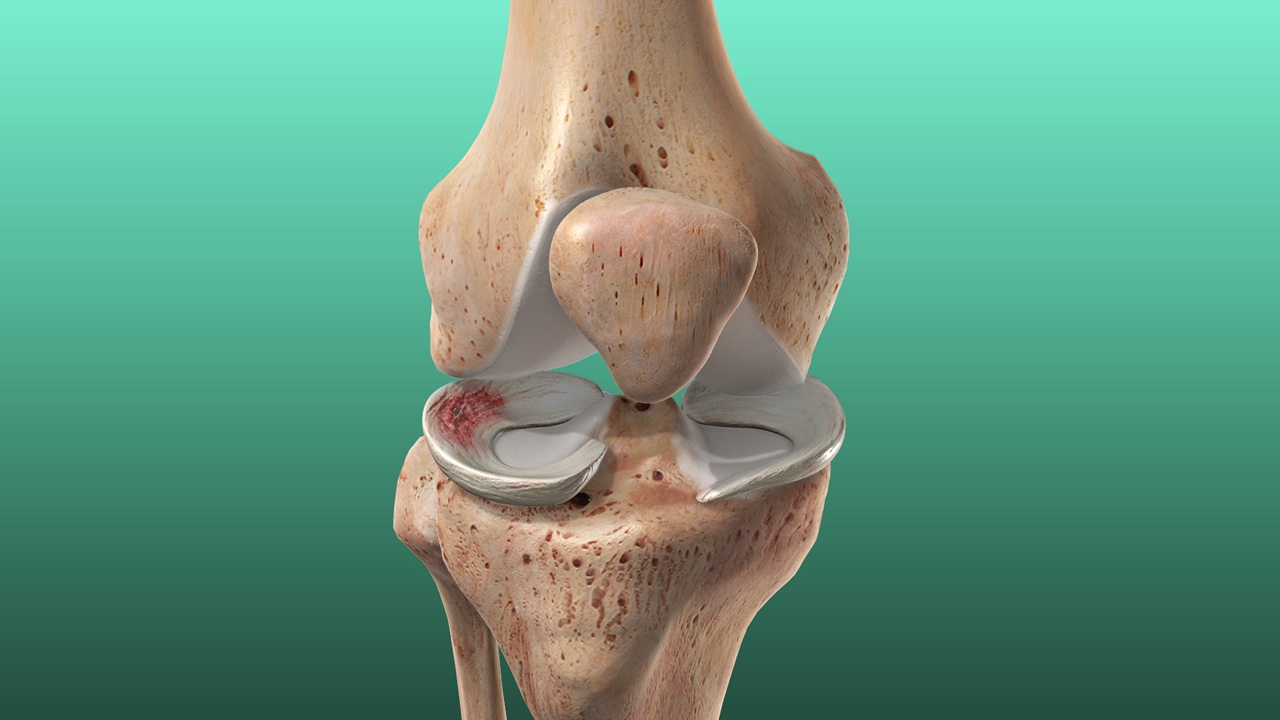Impact of Erectile Dysfunction Medications Like Tadalafil on Bone Health
Recent research has begun to explore the potential effects of erectile dysfunction medications, such as Tadalafil (commonly sold as Vidalista), on bone health. Some preclinical studies suggest that phosphodiesterase type 5 (PDE5) inhibitors like Tadalafil may influence bone metabolism. In animal models, Tadalafil has shown the ability to enhance bone formation and reduce bone resorption by increasing nitric oxide signaling and improving blood flow, which may benefit bone tissue regeneration. Additionally, early studies indicate that PDE5 inhibitors could play a role in preventing osteoporosis by stimulating osteoblast activity and inhibiting osteoclasts. However, clinical data in humans remain limited, and more extensive research is needed to confirm these findings and determine the long-term effects of Tadalafil on bone density and overall skeletal health.
Understanding the Function and Vulnerability of the Knee Joint
The knee joint is an essential hinge in the human body that enables a wide range of lower limb movements. It connects the femur (thigh bone) to the tibia (shin bone), with the patella (kneecap) acting as a protective shield. This joint is supported by strong ligaments, including the ACL and PCL, as well as muscles and tendons that provide strength and stability. Its ability to bear significant loads while allowing motion like bending, straightening, and slight rotation makes it vital for everyday activities. Despite its strength, the knee is highly susceptible to injuries, including ligament tears, meniscus damage, and chronic conditions like arthritis, especially with age or high-impact use.
Key Structures and Movements of the Knee Joint
The knee functions primarily as a hinge joint, enabling the leg to flex and extend in a single plane. During walking or running, the quadriceps muscles straighten the knee, while the hamstrings assist in bending it. In addition to this forward-backward motion, the knee also allows slight rotation, essential for movements like pivoting or turning. Within the joint, the menisci—two C-shaped cartilage discs between the femur and tibia—act as shock absorbers, distributing pressure and minimizing friction.
Stability is maintained by key ligaments, notably the anterior cruciate ligament (ACL) and posterior cruciate ligament (PCL), which control and limit excessive motion. The knee's performance depends on the coordination of its muscles, tendons, ligaments, and cartilage to support weight and enable fluid movement.
Synovial Fluid and Cartilage: Natural Lubrication of the Knee Joint
The knee joint relies on synovial fluid for smooth, pain-free movement. This lubricating substance is secreted by the synovial membrane lining the joint capsule and plays a crucial role in minimizing friction and absorbing shock during motion. Composed of water, proteins, and hyaluronic acid, synovial fluid maintains a thick, slippery texture that ensures effective joint lubrication. As the knee bends and straightens, the fluid circulates throughout the joint, keeping its surfaces well-coated.



